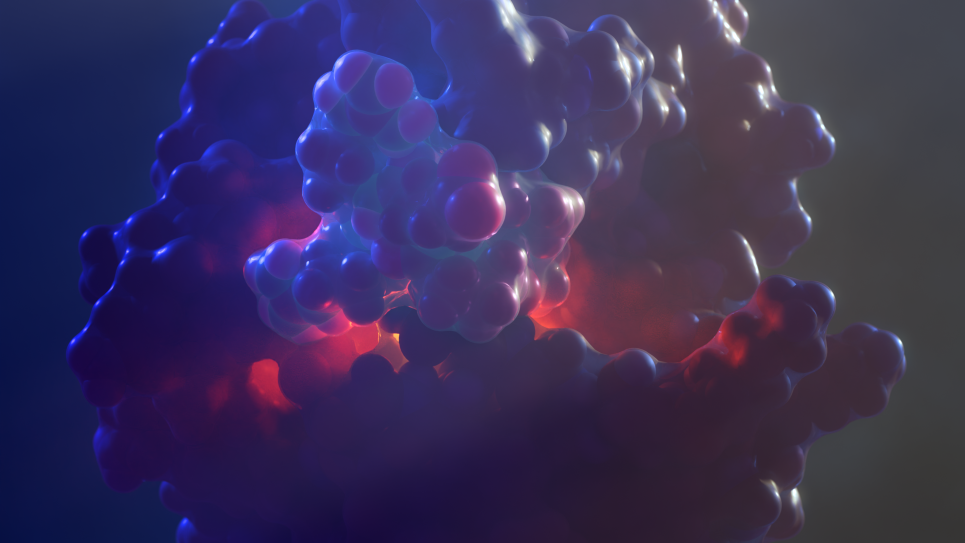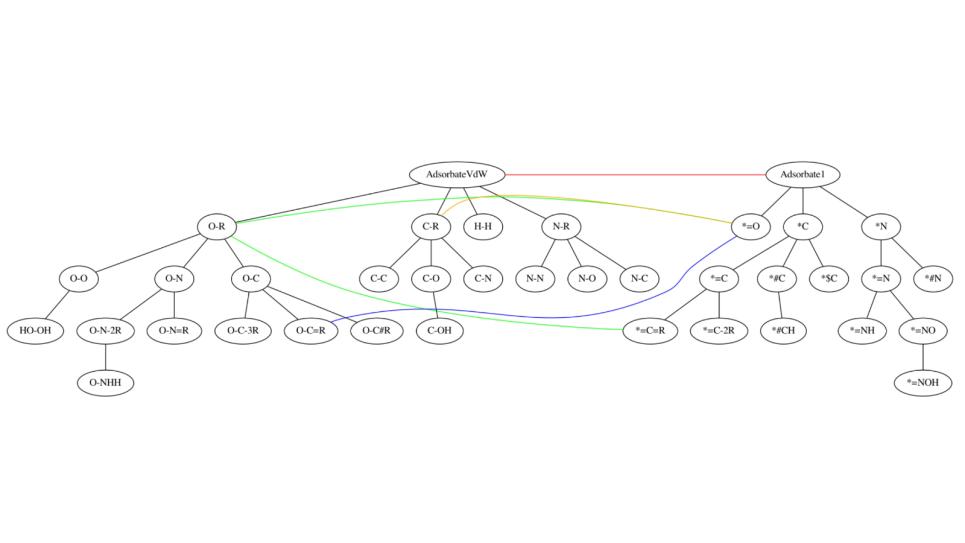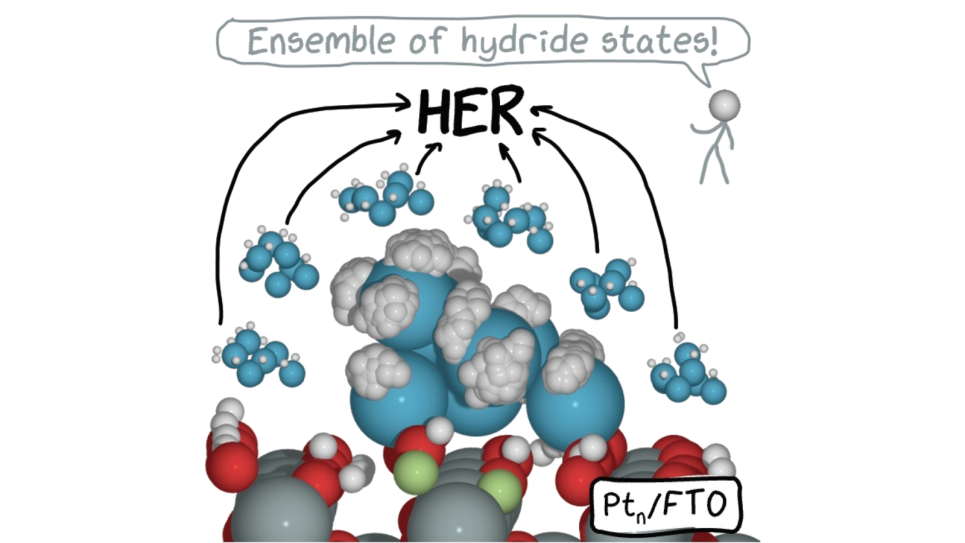First-principles direct numerical simulations explain and predict high-speed combustion and deflagration-to-detonation transition (DDT) in hydrogen-oxygen gaseous mixtures. DDT and the resulting detonation waves in hydrogen may have especially catastrophic consequences in a variety of industrial and energy-producing settings, including the production, transportation, and use of hydrogen fuel, and safety of nuclear reactors, where hydrogen can be accumulated in cooling pipe systems due to radiolysis of water. First-principles simulations will be used to gain fundamental understanding of the physics of the strong, nonlinear, multiscale coupling of constituent combustion processes leading to DDT, and eventually for predicting the onset of detonation in DDT experiments and engineering devices.
Plans for the second year include: (A) Simulation of hot spot formation and autoignition behind reflected shocks to study autoignition mechanisms and validate simulations against ignition delay simulations. (B) Study of initiation of detonation by individual hot spots. (C) DDT simulations behind reflected shock. This will be used to study disruption of the flame by turbulence, formation, and detonation of nonuniform areas of reactivity. (D) Propagation and acceleration of a flame ignited at the closed end of the tube. This will study flame instabilities and development of boundary layers ahead of and behind the flame, as well as formation of shock waves propagating ahead of the flame front.


